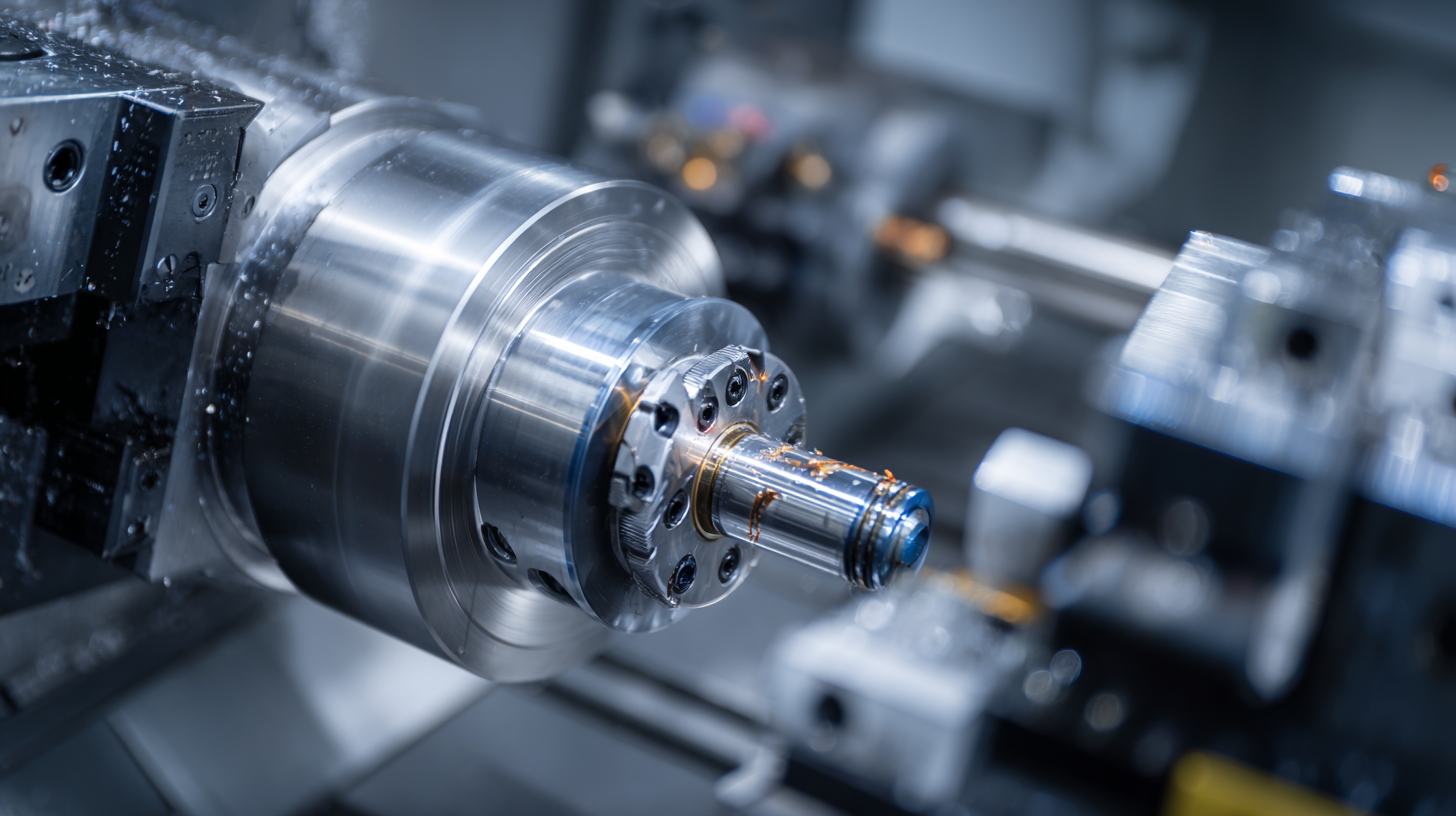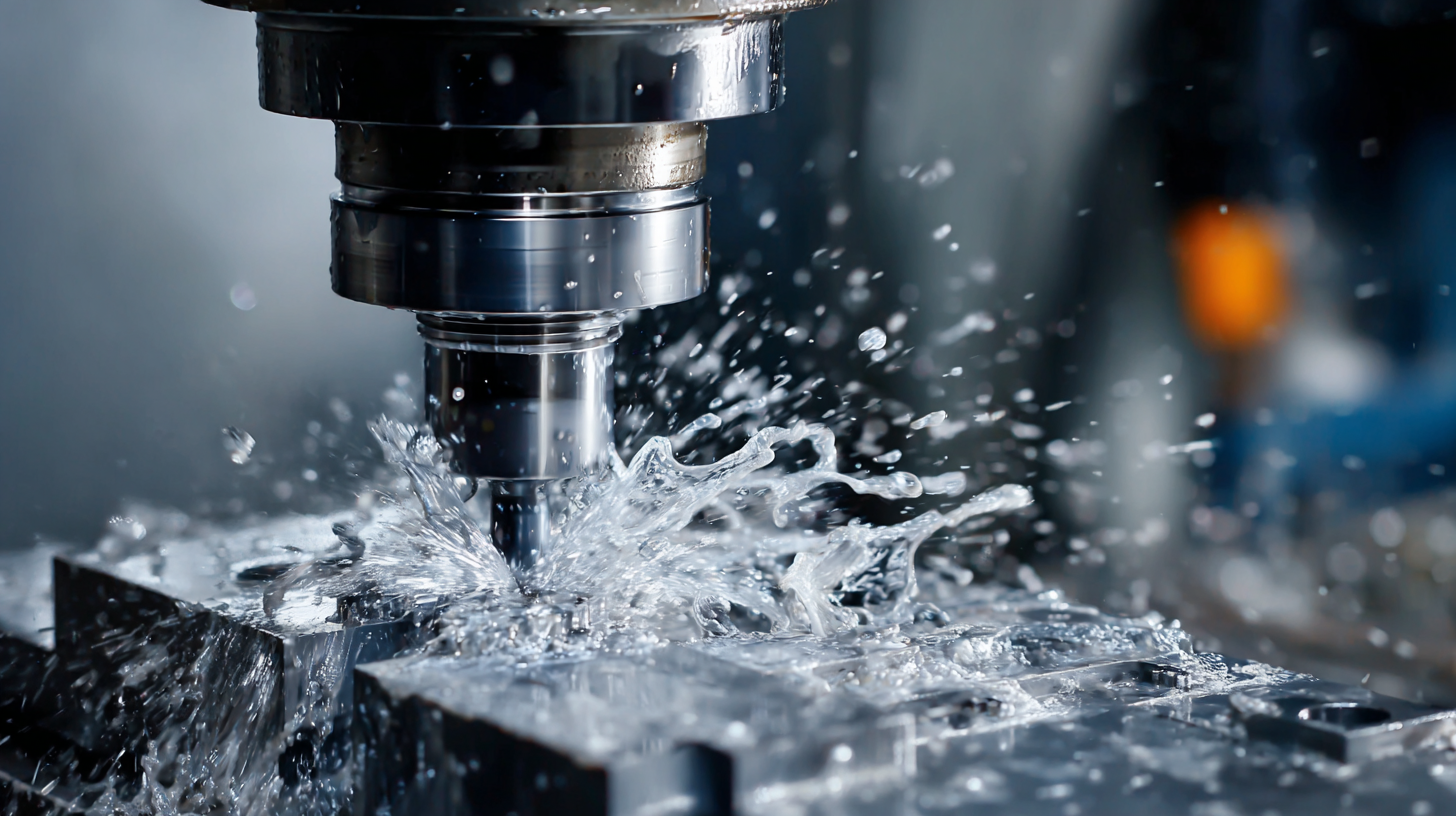
In today's rapidly evolving manufacturing landscape, the demand for precision is paramount, especially in the realm of plastic CNC machining. According to a recent report by MarketsandMarkets, the global CNC machining market is projected to reach $100 billion by 2025, driven by advancements in technology and the increasing need for customized solutions across various industries. The ability to produce intricate designs with tight tolerances makes plastic CNC machining a critical process for sectors such as aerospace, automotive, and medical devices. However, achieving optimal results requires a thorough understanding of technical parameters and best practices. In this blog, we will explore essential strategies for fine-tuning your plastic CNC machining processes, ensuring both efficiency and quality in every component produced.

In the realm of plastic CNC machining, precision plays a pivotal role in achieving high-quality outputs. The meticulous control offered by CNC (computer numerical control) machines dramatically enhances the accuracy of manufactured parts, which is crucial for industries that rely on intricate designs and tight tolerances. With effective automation strategies, companies can streamline their processes, significantly reducing human error and variability that often affect the final product's quality.

Moreover, understanding the technical parameters that influence machining performance is essential for optimizing results. Factors such as spindle speed, feed rate, and tooling selections directly impact the surface roughness and overall integrity of precision-machined plastic components. Recent advancements in CNC technology and materials highlight the importance of continual innovation in this field, ensuring manufacturers can meet the evolving demands for rapid prototyping and custom production. This focus on precision not only enhances product performance but also strengthens a company’s competitive advantage in the manufacturing landscape.
When it comes to effective plastic CNC machining, understanding key technical parameters is essential for optimizing your processes. Factors such as cutting speed, feed rate, and spindle speed significantly influence the quality of the final product. Moreover, selecting the right tooling material and geometry can drastically affect tool life and the precision of your cuts. Properly calibrated machines and tools result in clean, burr-free edges, reducing the need for secondary operations and enhancing overall efficiency.
Tips for optimization include carefully monitoring chip control during machining. Effective chip removal not only prevents tool engagement issues but also helps maintain temperature control, reducing the risk of thermal distortion in plastics. Additionally, consider integrating advanced CAD/CAM systems to streamline design and manufacturing processes. Implementing a hybrid optimization approach, utilizing artificial intelligence, may also provide insights into the most effective machining strategies, ultimately leading to improvements in speed and quality.
Incorporating generative design can further transform your plastic machining operations. This technology evaluates numerous design alternatives against specific criteria, allowing you to pinpoint the most efficient solutions and minimize material waste. By focusing on these parameters and employing modern techniques, your plastic CNC machining process can achieve new heights in precision and efficiency.
When it comes to selecting a reliable CNC machining manufacturer, several critical factors come into play. A recent industry report highlighted that more than 60% of businesses found quality assurance and precision to be the top priority when evaluating potential manufacturers. This underscores the importance of evaluating a manufacturer’s capabilities in delivering consistent and accurate CNC machining services, particularly when working with plastics which often require stringent tolerances.
Another essential criterion is the manufacturer’s technology and equipment. According to a survey by the International Association of Plastics Engineers, over 75% of top-performing manufacturers invest in advanced CNC machinery and software to optimize their processing capabilities. This investment not only enhances efficiency but also ensures that the precise technical parameters needed for high-quality plastic components are met. Finally, communication and support services also play a crucial role; manufacturers that provide strong customer support and are responsive to inquiries can ensure smoother project management and better end-result satisfaction.

CNC machining of plastic materials presents unique challenges that can affect both the quality of the finished product and the efficiency of the machining process. One common issue is the tendency of plastics to warp or deform under heat. This can occur during cutting due to excessive friction or inadequate cooling methods. To combat this, it’s crucial to select the right cutting tools and speeds that minimize heat generation, along with implementing effective cooling strategies such as mist or flood coolant systems.
Another prevalent challenge is the difficulty of achieving tight tolerances, which is essential for many applications. Plastics can have varying properties based on their composition, sometimes leading to unpredictable results during machining. To address this, thorough material testing and selection are key. Utilizing simulation tools to predict material behavior during machining can also enhance precision. Additionally, regular maintenance of CNC equipment and adhering strictly to set parameters helps ensure consistent results, ultimately streamlining the production process and reducing waste.
In today's highly competitive manufacturing landscape, optimizing CNC machining processes is paramount for achieving enhanced efficiency and quality. Recent studies indicate that implementing advanced strategies such as precision parameter adjustments can lead to a significant reduction in production time and waste; for example, fine-tuning cutting forces through optimal helix angles has been shown to improve chip formation, leading to smoother finishes and longer tool life. This aligns with findings from a multiobjective optimization study which reported efficiency boosts of up to 30% in organic thin-film manufacturing by integrating electrohydrodynamic atomization techniques.
Moreover, the advent of AI and machine learning in CNC machining is transforming how manufacturers approach optimization. Machine learning algorithms now analyze complex datasets to predict optimal machining conditions, offering tangible enhancements in both speed and precision. A recent report highlighted that with the integration of AI, manufacturers could achieve a 25% increase in operational efficiency while maintaining superior quality standards. As such, embracing these technologies and methodologies is crucial for businesses aiming to stay at the forefront of innovation and competitiveness in the industry.
| Parameter | Description | Suggested Value | Impact on Process |
|---|---|---|---|
| Spindle Speed | Rotational speed of the spindle | 10,000 RPM | Higher speeds can improve surface finish |
| Feed Rate | The speed at which the cutting tool advances | 200 mm/min | Balancing speed and quality is crucial |
| Tool Diameter | Size of the cutting tool | 6 mm | Impacts the depth of cut and accuracy |
| Material Type | Type of plastic being machined | Acrylic | Different plastics require different settings |
| Cooling Method | Technique used to keep temperatures down | Air blast | Prevents material melting and gives better finish |
Copyright © 2025 The Toolroom Inc. All Rights Reserved.
Website Design St Louis by IQComputing